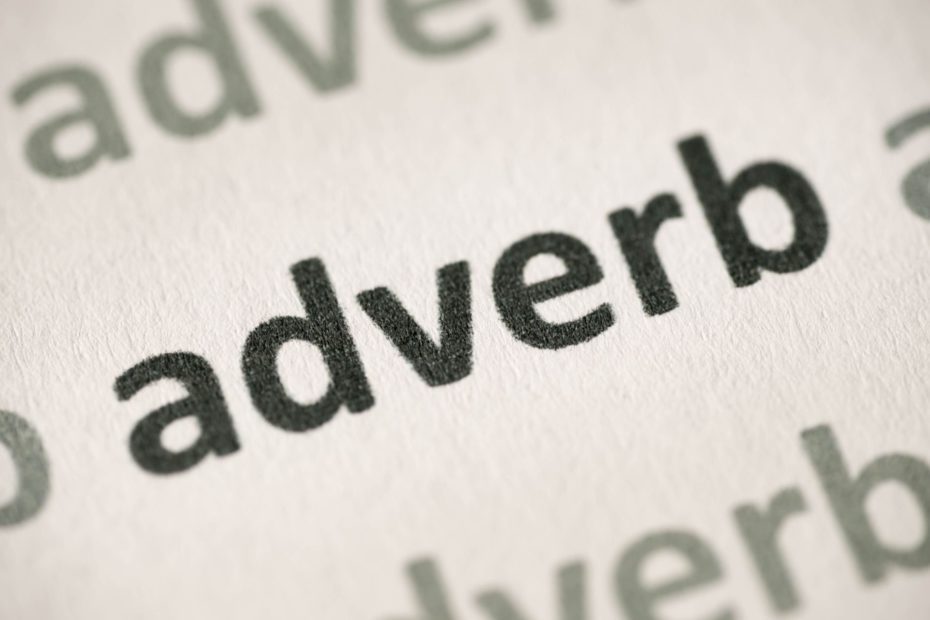What are Adverbs?
Adverbs are words that modify a verb, adjective, another adverb, determiner, noun phrase, clause, or sentence. Adverbs typically answer the questions such as “how?“, “when?“, “where?“, “How often?“, “how much?”, “how strongly?” something happens. Understanding adverbs are essential because they can change the entire meaning of a sentence. In this blog post, you will learn about adverbs and the types of adverbs, and how to use them correctly.
Adverbs Modifying Verbs
Adverbs that modify verbs often tell us how, when, where, or why the verb is happening. For example, in the sentence “I quickly ran to the store,” the adverb “quickly” modifies the verb “ran.” It tells us how fast I ran to the store.
Adverbs Modifying Adjective
Adverbs can play an important role in modifying adjectives and adding detail to writing. When used correctly, they can add precision and depth to a description. Adverbs can also help to create interesting and complex sentences. However, it is important to use them sparingly, as too many can make writing appear cluttered and confusing
For example, the adverb “slowly” modifies the adjective “walk.”
Adverbs Modifying Other Adverbs
Adverbs that modify other adverbs are typically used to relay how or to what degree the action is being performed. For example, “He slowly walked quickly across the room.” In this sentence, the adverb “slowly” is modifying the verb “walked” while the adverb “quickly” is modifying the adverb “slowly.”
5 Types of Adverbs
Adverbs are one of the 8 parts of speech. Learn to identify and use the 5 types of adverbs in English: adverbs of manner, place, time, degree, and frequency.
Adverbs of manner
Adverbs of manner are used to show how something happens. For example, “He ran quickly” or “She sings beautifully.” They can be used to describe the intensity of action, the manner in which it is done, or both. These adverbs go before or after the main verb in a sentence. There are many different types of adverbs of manner, such as those that end in “-ly,” “-ally,” and “-wise.” Adverbs of manner are often used to describe the manner in which someone speaks. For example, you might say “He spoke slowly” to describe the manner in which he spoke.
- John writes best.
- My sister drives carefully.
- Imran khan bowls fast.
Adverbs of degree
Adverbs of degree are words that modify adjectives or other adverbs to express the intensity of an adjective or the degree to which an adverb applies. For example, the word “very” is an adverb of degree that modifies the adjective “big” to create the phrase “very big.” Adverbs of degree can either intensify the meaning of the word they modify or they can lessen the intensity. For example, the adverb “slightly” lessens the intensity of the adjective “dangerous,” creating the phrase “slightly dangerous.”
For example:
- He hardly passes the exam.
- John’s dress is simple.
- I’m so excited to move to New York.
- This book is interesting enough to keep my attention.
Adverbs of time
Adverbs of time tell us when something happens, is happening, or will happen. They can be used to describe an action that is happening now, happened in the past, or will happen in the future.
For example:
- I have a bath daily.
- What did you do yesterday?
- We shall see him today.
- I shall go there immediately.
Adverbs of place
An adverb of place is a word that modifies a verb, adjective, or another adverb to indicate position or direction. Adverbs of place do not modify nouns or pronouns. Common adverbs of the place include above, below, here, there, and everywhere. Some adverbs of place can also be used as prepositions, such as inside and outside. Adverbs of place are usually placed after the verb, adjective, or another adverb they are modifying.
For example:
- The flowers bloomed above the ground.
- He slept beneath the stars.
- I put the book beside the lamp.
- We walked around the block.
- They looked everywhere for their cat.
Adverbs of frequency
Adverbs of frequency are words that tell us how often an action is done. They can be divided into three groups: those that tell us action is done regularly, those that tell us action is done occasionally, and those that tell us action is done rarely. The most common adverbs of frequency are: always, usually, often, sometimes, and never.
For example:
- They often go for walk.
- I shall again talk to you.
- John never disrespects his teachers.
- Have you ever met him?
- I have already passed the exam.
Adverbs review
Adverbs are words that modify verbs, adjectives, other adverbs, phrases, and clauses. They are divided into five categories: adverbs of manner, place, time, degree, and frequency.
Adverbs can be a great way to add detail and color to your writing. However, overusing them can make your writing complicated. They can also be used to create clauses and phrases. Adverbs can also be used to express opinions, give commands, and make suggestions.

